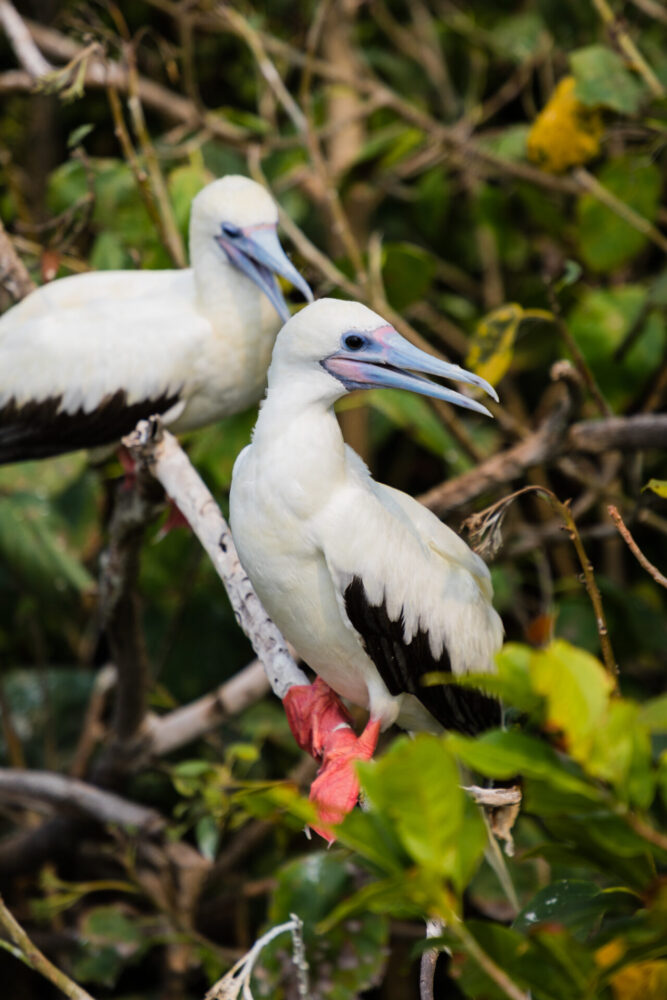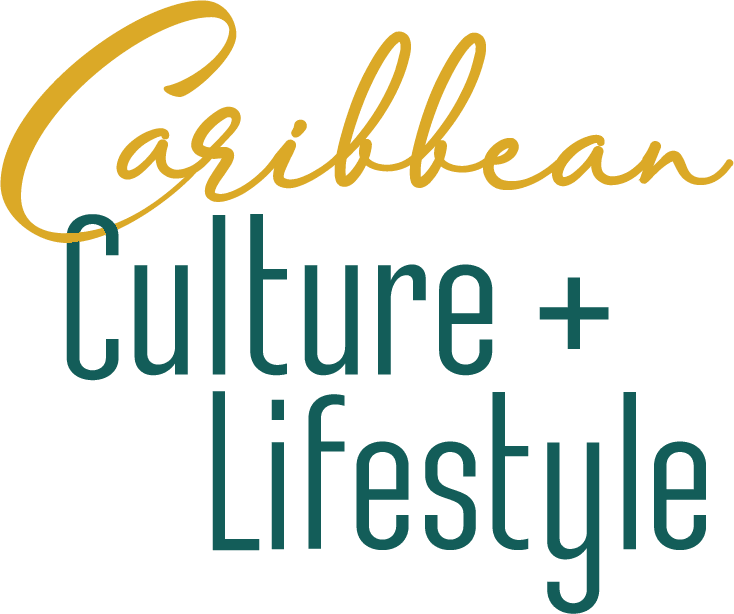
Indeed, difficult roads lead to beautiful places. I can tell you, this long boat ride over navy blue seas, crisscrossing through atolls, is proof of such treasures. Geographically, the journey to Belize’s easternmost island of Half Moon Caye—the southeast corner of Lighthouse Reef Atoll (LHRA)—is no easy task. As one of the few true coral atolls in the Caribbean, LHRA is a gem frequented mostly by fisherfolk, scuba divers, island adventurers, and sailing enthusiasts.


Since its protected status, Half Moon Caye sits in the global spotlight for its unique and outstanding universal value, worthy of braving the deep blue sea for. So much so, it was engraved in 1998 as one of the 7 protected areas making up the Belize Barrier Reef Reserve System — Belize’s World Heritage Site by UNESCO.
Sea tales of history paint a picture of the island’s importance, dating all the way back to the island’s original brick-based lighthouse in navigating sailors to safety since 1820. Today, it lies in shambles on the shore of Half Moon Caye; languished remains wane under the pull and push of every new tide.




Dating back to the 1700s, the eastern side of the Caye is dotted with remnants of its past: a once- coconut plantation. Clustered with tall, wind-battered coconut trees, the area thrives today to set the backdrop for Treasure Island daydreams.
It’s a small island, but it’s a giant boasting of unique fauna. Sure, the Red-footed Booby birds reign supreme, but its nesting sea turtles and endemic Island Leaf-Toed Gecko hidden among its Littoral forest on the western side of the island are not to be discounted either.


SUN, SEA, AND SANDY BEACHES
On Half Moon Caye, you’ll find only small sandy niches of seclusion; where sandy toes rest in the warm sand and salty air lulls your inner voices; where you can dress in the sunshine and then later be covered by starlight; where white-crested turquoise waves bring inner peace and you can become a part of nature’s enduring treasure.
Imagine yourself—just before dawn—sitting on the beach with your knees pulled tightly to your chest, looking out across tempestuous blues while waiting for a spectacular sunrise to start your day. After all, when the sun rises in Belize, it shines first on Half Moon Caye.
IT ALL STARTED WITH THE BOOBIES!
These charismatic seabirds have an overall white plumage, wing coverts elegantly lined in black, and a face only a painter could create: a baby soft blue beak; shimmering turquoise blue eyes ringed with a dash of pink; and to top it off, they stand regally perusing their domain on the most attractive red-orange feet.
The nesting booby colony can be viewed from the popular bird observation deck overlooking the Littoral forest. Visit in March, during the nesting season, to view the white fluffy, fuzzball chicks settled in their nests which are scattered throughout the branches of orange-flowered Ziricote trees.


MARINE LIFE ABOUNDS
Snorkelers and divers alike can appreciate the reefs around Half Moon Caye for their biodiversity, structure and beauty; teeming with marine life, its surrounding waters abound with sharks, turtles, manta rays and large schools of snappers. The Lighthouse Reef is home to the legendary Great Blue Hole studied by Jacques Cousteau. This underwater cave, formed during periods of lower sea level, is a karst-eroded sinkhole where depths exceed 400 feet.
EXPLORE ITS SISTER SITE, THE GREAT BLUE HOLE
A hallmark for Belize, your visit to Half Moon Caye will also include a stop at the Blue Hole Natural Monument. Formed in the Pleistocene Era as estimated 15,000 years ago, the Great Blue Hole is a large, near-perfect circular sinkhole some 1,000 ft in diameter, and 412 ft in depth. As a hallmark image of Belize, snorkelers can enjoy the inner ring, laced with hard coral, while divers discover its vertical cliffs and overhanging shelves supporting stalactites.
BELIZE’S FIRST PROTECTED AREA

Half Moon Caye took home Tourism Site of the Year in 2019.
Your visit to Half Moon Caye and the Great Blue Hole, along with financial contribution or membership, goes directly towards the ongoing conservation of these sites, led by co-manager Belize Audubon Society—a local NGO tasked with the protection of natural resources.















